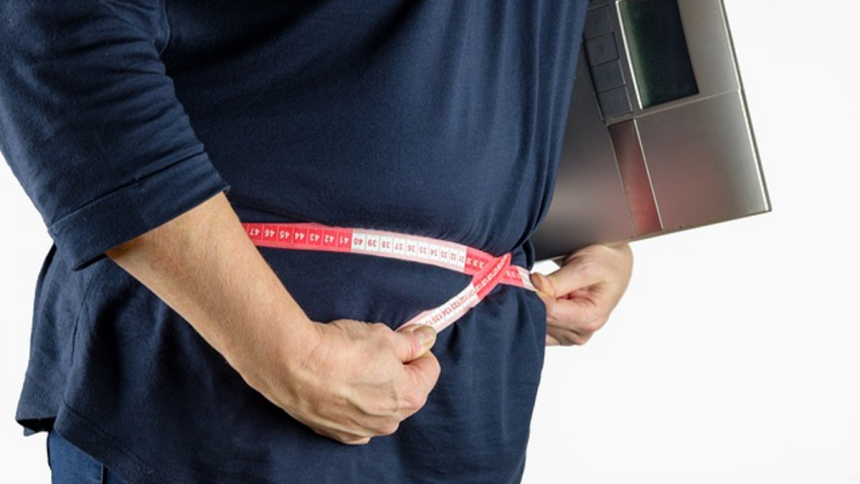One very safe method of combating obesity is the insertion of a gastric balloon. This is an effective method that can lead to really excellent results.
- What is a gastric balloon and for whom is it intended?
- Orber gastric balloon – what are the effects of the gastric balloon insertion procedure?
- When is gastric balloon insertion not possible?
- How should people with a gastric balloon take care of themselves?
For whom the Orbera balloon is the best choice and what are the effects of putting it in? Let’s try to find out more about this topic.
What is a gastric balloon and for whom is it intended?
Orbera balloon is one of the simplest, yet most effective methods of treating obesity. What’s more, it is very safe for the patient and allows the patient to maintain a normal body weight for a long time. The gastric balloon is a soft product, made of silicone and partially filled with saline. The balloon is placed in the stomach. As a result, the patient feels the sensation of satiety much faster, and therefore does not eat as large meals as before. When this is combined with physical activity, truly spectacular results can be achieved. Patients lose up to 20 kilograms. Once the gastric balloon is removed, all you really need to do is continue your new habits. With physical activity, smaller meals and a well-chosen diet, one can maintain a normal body weight. Typically, the Orber gastric balloon is recommended for patients whose traditional obesity treatments, such as diet and physical activity, have failed. Moreover, they should be those with a body mass index of 30 to 40.
Orber gastric balloon – what are the effects of the gastric balloon insertion procedure?
Treatment of obesity with a gastric balloon is very popular for the reason that it leads to a large reduction in body weight. Depending on the diet plan adopted and the amount of physical activity, it is possible to lose even about 15-20 kilograms in a year. This is a very big result. However, everything really depends on the patient’s attitude and the severity of his disease.
When is the insertion of a gastric balloon not possible?
In some situations, the Orber balloon insertion procedure is not recommended.
These include:
- previously performed intestinal or gastric surgeries,
- inflammations of the gastrointestinal tract,
- Crohn’s disease,
- hernia of the esophageal hiatus,
- alcohol disease,
- addiction to drugs or medication,
- in the case of women, pregnancy or breastfeeding,
- mental disorders,
- anomalies of the gastrointestinal tract.
In addition, a serious contraindication to the procedure is the patient’s apparent unwillingness to make the necessary changes in daily life. Without them, weight loss will be only temporary, and the effects of the treatment will not last. The patient must realize that his work – exercise, diet and attitude change – is essential to the success of the treatment.
How should people with a gastric balloon take care of themselves?
Placing a gastric balloon is not the solution to all problems and requires further care and work. Particularly physically difficult are the first days after the procedure. This is when nausea, diarrhea, bloating or crusting may occur. However, these should quickly subside. After the insertion of the gastric balloon, the patient should feel satiety much faster than usual. This makes it possible to significantly reduce the portions of food taken. However, it is worth all the time to remain under the care of a nutritionist, take care of a healthy, balanced diet and physical activity. In this way, you can achieve truly spectacular results.
Lynn Martelli is an editor at Readability. She received her MFA in Creative Writing from Antioch University and has worked as an editor for over 10 years. Lynn has edited a wide variety of books, including fiction, non-fiction, memoirs, and more. In her free time, Lynn enjoys reading, writing, and spending time with her family and friends.















